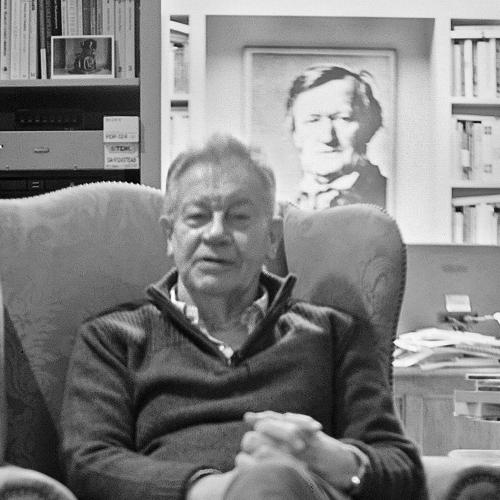COMPOSERS: Beethoven
LABELS: Simax
ALBUM TITLE: Beethoven
WORKS: Piano Sonata No. 8 in C minor, Op. 13 (Pathetique); Piano Sonata No. 14 in C sharp minor, Op. 27/2 (Moonlight); Piano Sonata No. 23 in F minor, Op. 57 (Appassionata); Piano Sonata No. 30 in E, Op. 109; Piano Sonata No. 31 in A flat, Op. 110; Piano Sonata
PERFORMER: Einar Steen-Nøkleberg (piano)
CATALOGUE NO: PSC 1218
This two-disc set offers three of the
best-known of Beethoven’s named
sonatas, and then the last three of all,
the summit of piano sublimity.
Disc 1 was first issued in 1990; the
sound is tremendous, not to say
alarming. The opening chord of the
Pathétique Sonata will strike fear
into neighbours as well as listeners.
All these three works are played
with extreme drama, sometimes
too much; but if you think you have
heard the Appassionata once too
often, then this is the recording to
head for. The performances take
virtuosity to its limits, without
sacrificing themselves to it. And in
the long-breathed opening of the
Moonlight Sonata, Steen-Nøkleberg
creates an hypnotic effect thanks
to the immaculate evenness of his
playing. It’s in fast movements that
he gets the bit between his teeth in
a way that suits the tempestuous
nature of the music.
The last three sonatas, recorded
in 2003, are played with much
more restraint, less being made of
Beethoven’s violent changes of mood than might be. These are powerful,
deeply considered accounts, yet
balance between the hands too
much favours the left hand, and
there is an absence of long lines
just where one most needs it. With
Stephen Kovacevich you get that
and everything else, and though I
shall certainly want to listen to Einar
Steen-Nøkleberg again I suspect that
he won’t, as the greatest interpreters
do, open up new horizons with each
listening. Michael Tanner
